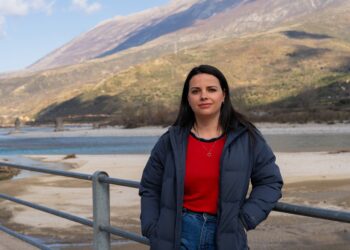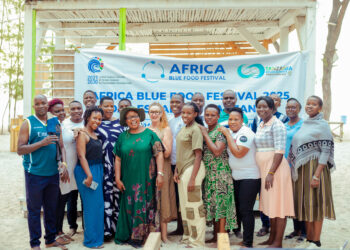The changing Mediterranean: new fish species and an increasingly tropical sea – The scientific findings of a recent study by Davinia Torreblanca and José Carlos Báez, researchers at the Instituto Español de Oceanografía (IEO-CSIC), are clear and disturbing: the waters of the western Mediterranean, particularly in the Strait of Gibraltar and the Alborán Sea, are seeing a significant increase in the presence of fish species typical of tropical climates. This process, known as the tropicalisation of the Mediterranean Sea, is rewriting – and warming – the biological coordinates of our sea.
The study, published on 3 June 2025 in the Journal of Marine Science and Engineering, is based on a comparative analysis of the thermal preferences of the new species recorded in Spanish waters compared to those historically present. The most striking result concerns the ESAL area (Strait of Gibraltar and Alborán Sea), where the new arrivals show thermal preferences more than 6 °C higher than the already known species. This data speaks for itself: something is changing rapidly.
The implications for the fishing industry are profound. Firstly, the arrival of thermophilic species — such as lionfish (Pterois miles), tropical mackerel and parrotfish — brings with it new trophic balances, unknown interactions, and management and commercial challenges. Secondly, as the authors point out, tropicalisation is not uniform: while the effect is still limited in the LEBA (Levante-Balearic Islands) zone, in the ESAL area it is approaching a true ecological transformation.
The picture is further complicated by the overlap with other factors: the invasion of the macroalgae Rugulopteryx okamurae, the impact of maritime traffic, the increase in coastal tourism and growing pollution. Added to these are global climate changes, which are making Mediterranean surface waters increasingly warm, stratified and subject to extreme events.
Torreblanca and Báez suggest three main mechanisms behind the new sightings: natural migration favoured by warming, anthropogenic introduction (maritime transport, aquaculture), and late identification of species already present but which escaped classification due to their cryptic behaviour. For operators in the supply chain, this means one thing: constant and proactive updating of knowledge, monitoring techniques and adaptation strategies is needed.
The potential impact on fishing, aquaculture, processing and even logistics is far from negligible. New species can become a resource — as has happened in other seas — but only if managed with vision. On the contrary, without the right tools, they could threaten habitats, traditional resources and established markets.
The Mediterranean is no longer what it used to be. Its biological identity is evolving under the influence of climatic and anthropogenic forces that transcend national borders. The industry’s ability to read, interpret and react to these signals will be decisive in ensuring a competitive and sustainable future in a rapidly changing environmental context.
The process of tropicalisation in the Mediterranean, highlighted by the Spanish study, is no longer a scientific hypothesis but a phenomenon in progress. It is time for the Mediterranean fishing industry to take note of the signs and turn uncertainty into strategy.
The changing Mediterranean: new fish species and an increasingly tropical sea







